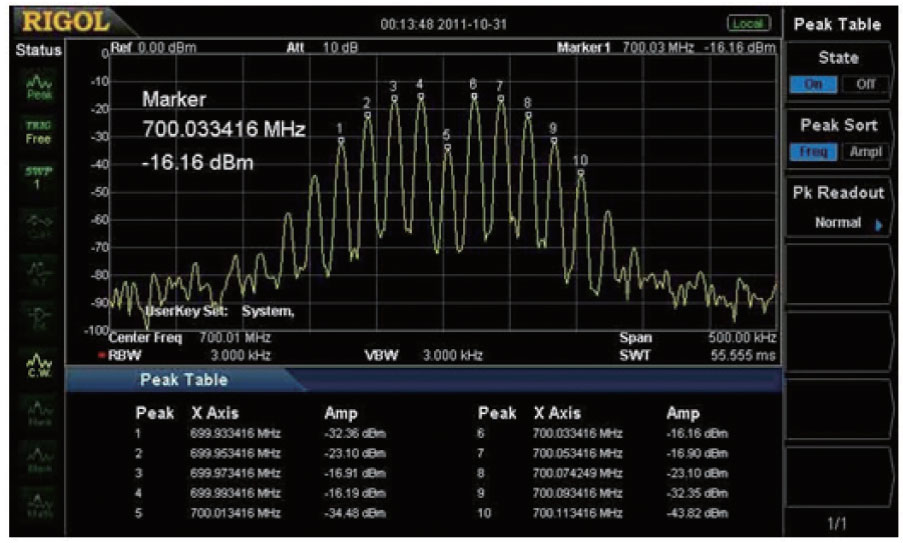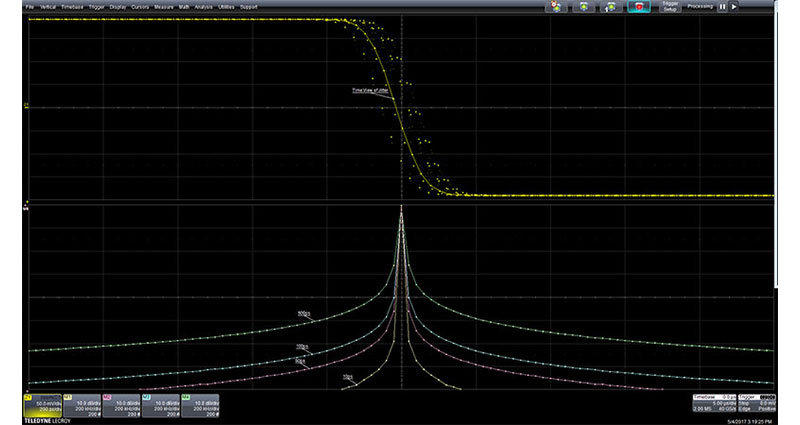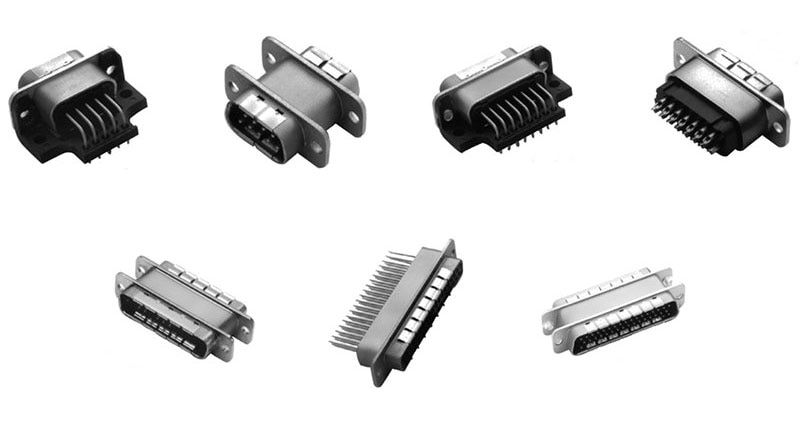“It’s Not You, it’s the Frequency”: Why We Moved On From Lumped Element Filters
For many electrical engineering students of a certain age, the undergraduate course in filter design was a combination of a rite of passage and harsh boot camp. While a small minority of the classmates reveled in the complex concepts and intense equations, most did not, and couldn’t wait to get through the rigorous analysis of the many filter topologies (such as Sallen-Key, Chebyshev, Butterworth, elliptic (Cauer), Bessel, bi-quad, pi, T, and Gaussian); filter type (low-pass, high-pass, band-pass) and filter order (Figure 1). Layered on top of these topologies were their attributes such as roll-off, in-band/out-of-band ripple, passband, stopband, -3 decibel (dB) point, -20 dB point, phase shift, Q, and many more.
 Figure 1: There’s much more to filters than just these basic frequency response (transfer function) graphs of the high, low, and band pass designs. (Image source: Quora)
Figure 1: There’s much more to filters than just these basic frequency response (transfer function) graphs of the high, low, and band pass designs. (Image source: Quora)
Some courses even included active filters, which opened up another dimension but brought new analysis challenges. Others added digital filters and their finite impulse response (FIR) and infinite impulse response (IIR) algorithms, which implement the classic analog filter functions and also provide filtering which cannot be realized with physical components.
The reality of filters was that they were often seen as a necessary evil, as you knew you couldn’t do signal chain designs without them, but at the same time, it was often hard to work with them. Due to their importance, there are countless filter-related materials available ranging from basic cookbook guides to lengthy textbooks, abstruse academic papers, and more supporting theory, construction, use, and test.
Moving on up
However, times have changed, engineering design and manufacturing have changed, and most importantly, frequencies and spectrum have literally moved upscale. While the classic analog filter composed of an array of selected inductors, capacitors, and the occasional resistor—usually called a lumped or discrete element filter—is very much still with us, its proportion of the designer’s “share of mind” has shrunk dramatically.
There are two reasons for this. First, if you do require an analog filter, there’s usually little need to design one from “scratch” as there are many software tools that let you specify the desired parameters, and you’ll get back a schematic, bill of materials, and detailed performance graphs. Some even allow you to specify component tolerance and temperature coefficients and get worst-case analysis as well. There’s no need to know, understand, or analyze those intense classic equations.
The second reason is due to the laws of physics. As frequencies of interest cross into the hundreds of megahertz, the unavoidable parasitics associated with discrete element filters overwhelm the design accuracy and repeatability. Even a tiny change in component fabrication, placement, or interconnect length will have a major impact on filter performance. It’s one thing to build, test, and validate one model of a filter for these higher frequencies (Figure 2), but it’s either brave or foolish (or both) to try to do so for volume production.
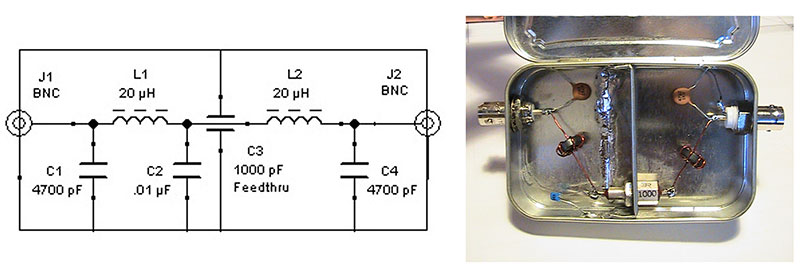 Figure 2: This RF lumped element filter is one-of-a-kind; it’s impractical to mass-produce it with consistent performance. (Image source: www.qsl.net/kp4md)
Figure 2: This RF lumped element filter is one-of-a-kind; it’s impractical to mass-produce it with consistent performance. (Image source: www.qsl.net/kp4md)
So where is “classical” filter design now in the formal EE course curriculum? I did an unscientific review of course guides at various community colleges and universities and saw that introductory filter-only courses were largely gone. Instead, filter discussion was reduced to an overview of the basic classes of filters and their roles, but only as part of other signal processing courses.
Goodbye, lumped elements
As frequencies of mass-market designs push beyond the hundreds of MHz and into the gigahertz (GHz) range for applications such as smartphones, the limitations of the lumped element filter are overwhelming. But not to worry, innovation using a very different filtering approach has largely solved that problem, at least for now. Surface acoustic wave (SAW) devices, such as Kyocera’s SF14-1575F5UUA1, are fabricated as monolithic interdigitated structures on ceramic substrates that use principles of acoustic energy wave propagation and interference (Figure 3).
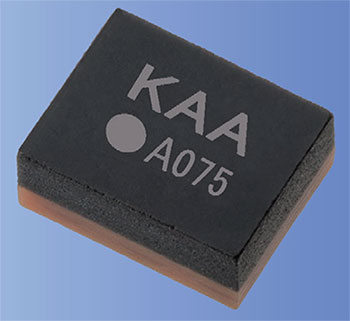 Figure 3: SAW filters such as Kyocera’s SF14-1575F5UUA1 are fabricated as monolithic interdigitated structures on ceramic substrates that use principles of acoustic energy wave propagation and interference. (Image source: Kyocera Corp.)
Figure 3: SAW filters such as Kyocera’s SF14-1575F5UUA1 are fabricated as monolithic interdigitated structures on ceramic substrates that use principles of acoustic energy wave propagation and interference. (Image source: Kyocera Corp.)
Designed for GPS applications, the SF14-1575F5UUA1 has a center frequency of 1.575 GHz, a bandwidth of 3 MHz, and an insertion loss of 1.4 dB. It comes in a 5-SMD no-lead package with overall dimensions in millimeters (mm) of 0.7 x 0.055 x 0.043.
Their transfer functions show they can provide sharp, precise filtering with excellent passband flatness characteristics (Figure 4). These characteristics solidify their position as the next step beyond lumped element filters.
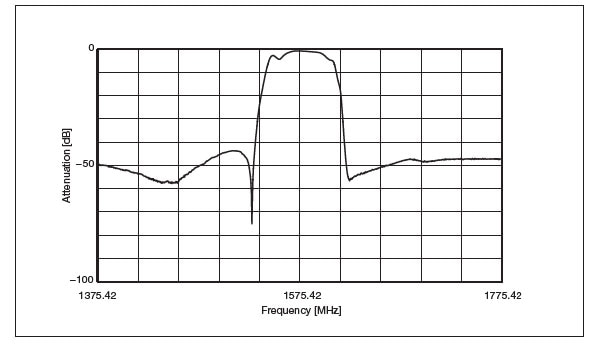 Figure 4: The transfer function of the SF14-1575F5UUA1 shows a tight, 3 MHz wide passband from 1573.92 to 1576.92 MHz, along with minimal passband variation (and thus high flatness) of just 0.6 dB; the filter also features a modest 1.4 dB insertion loss across the passband. (Image source: Kyocera Corp.)
Figure 4: The transfer function of the SF14-1575F5UUA1 shows a tight, 3 MHz wide passband from 1573.92 to 1576.92 MHz, along with minimal passband variation (and thus high flatness) of just 0.6 dB; the filter also features a modest 1.4 dB insertion loss across the passband. (Image source: Kyocera Corp.)
Further, as basic and temperature compensated SAW devices (TCSAW) reach the limits of their capabilities at around 2 to 3 GHz, bulk acoustic wave (BAW) devices using principles somewhat similar to SAWs are available for the next range of frequencies, with 5G designs driving much of the demand and progress (Figure 5).
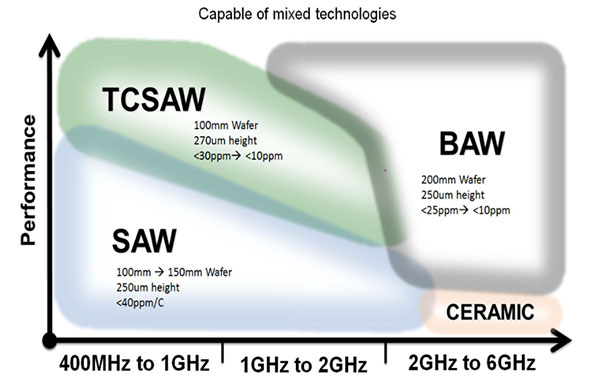 Figure 5: SAW devices are viable up to about 2 GHz; after that, BAW devices can be used, up to about 6 GHz. (Image source: TDK)
Figure 5: SAW devices are viable up to about 2 GHz; after that, BAW devices can be used, up to about 6 GHz. (Image source: TDK)
What’s next in filtering, when BAW devices run out of capabilities or designers work on 6G, 7G, and beyond? The future is hard to predict, of course, but electro-acoustic optical filters using etched materials such as lithium niobate may offer solutions. Now being investigated in university research labs, these devices employ a merging of acoustic and optical energy, which we usually think of as two disparate forms of energy transfer with no common ground between them. However, researchers are finding ways to make them work together in a symbiotic way to provide electrical and other filters operating into the hundreds of gigahertz and even terahertz spectrum.
Conclusion
The EE curriculum in a few years may have a large electro-optics and optical physics aspect in place of the diminished, classical lumped element filter section. Will students lament the absence of classic filter analysis coursework? Probably not. Will they instead lament the acoustic and optical physics that has taken its place? Highly likely—those are difficult subjects in their own way. This could be another case of, “Be careful what you wish for, you might just get it!”
Recommend Reading:
1 – SAW Filters Rescue Wireless Products from Impractical Discrete Implementations
2 – Fixed and Programmable Filters for RF Designs
https://www.digikey.com/en/articles/fixed-and-programmable-filters-for-rf-designs
3 – Pi, T Filters Match RF Impedances
https://www.digikey.com/en/articles/pi-t-filters-match-rf-impedances

Have questions or comments? Continue the conversation on TechForum, DigiKey's online community and technical resource.
Visit TechForum






